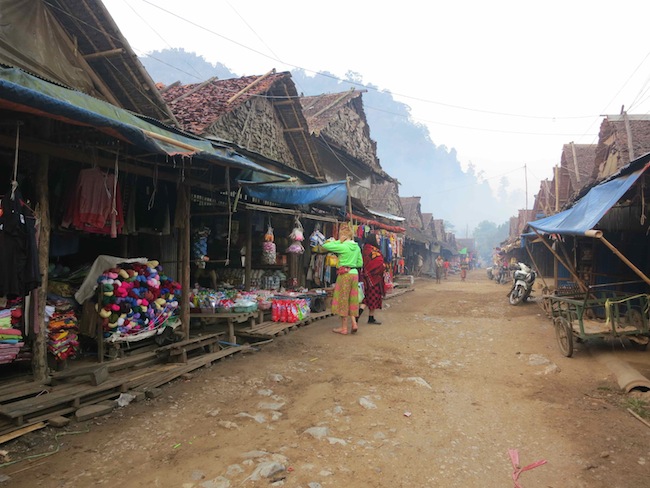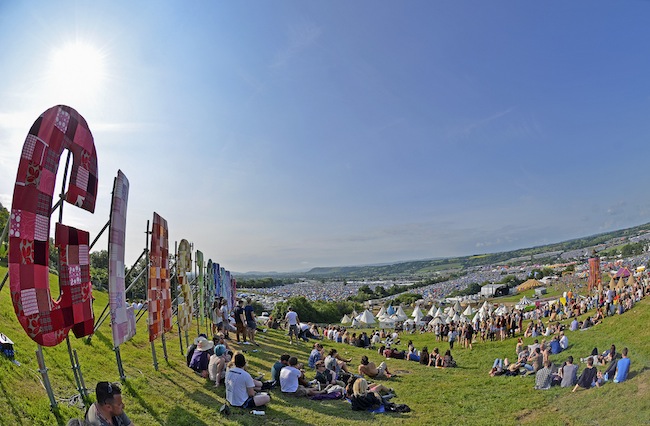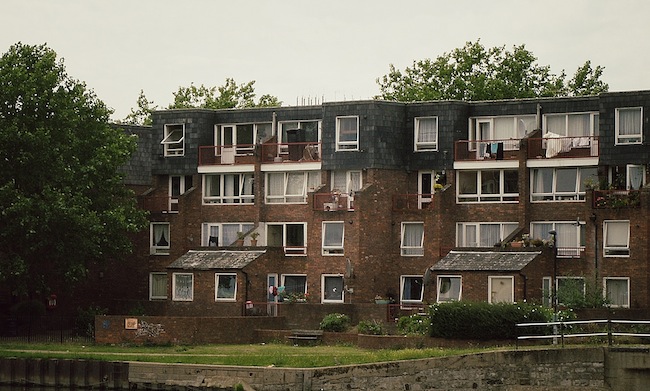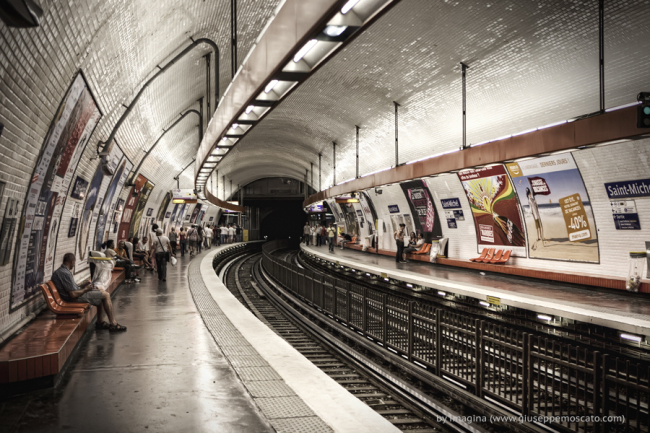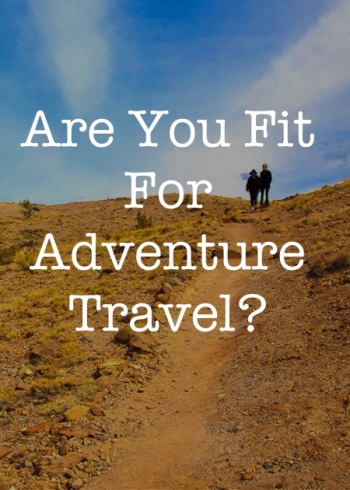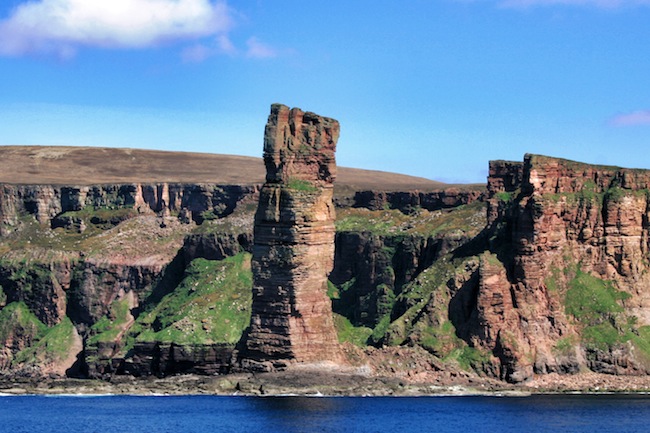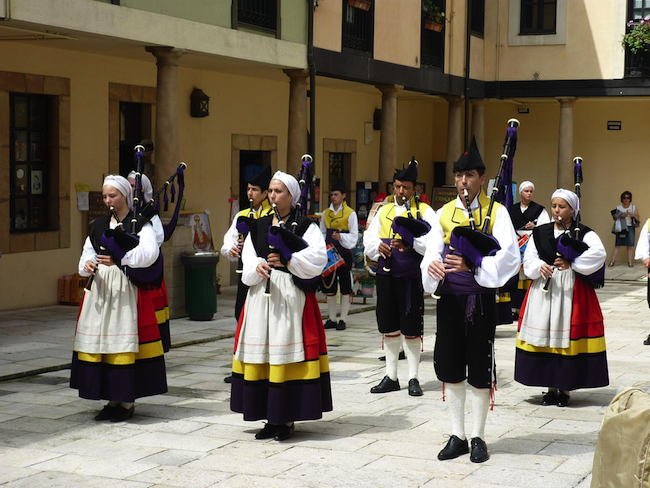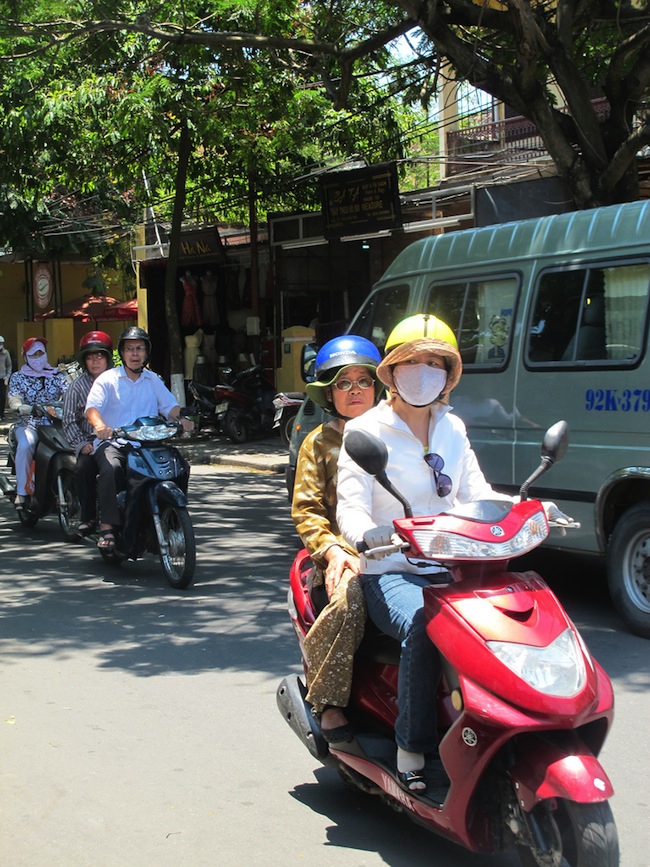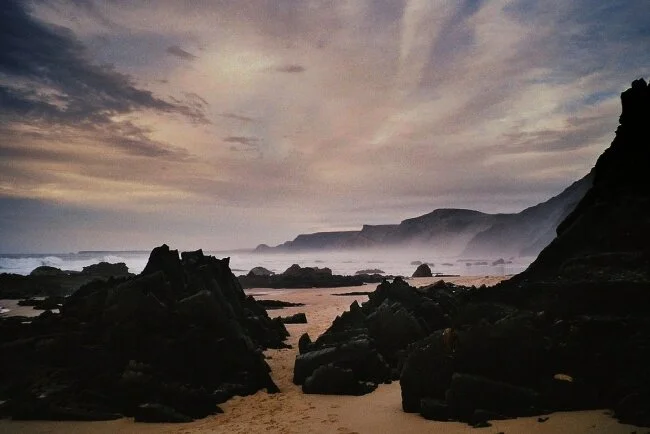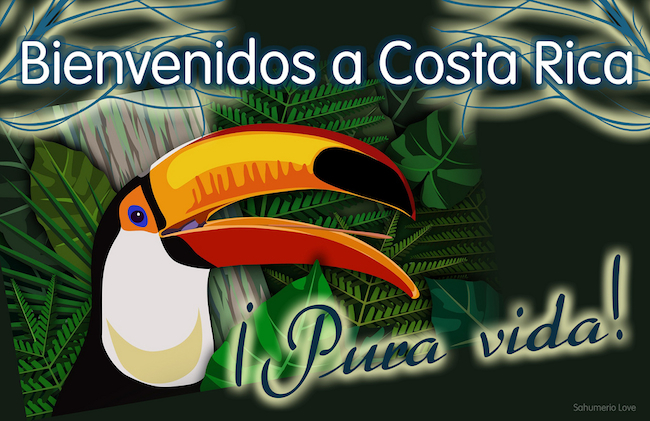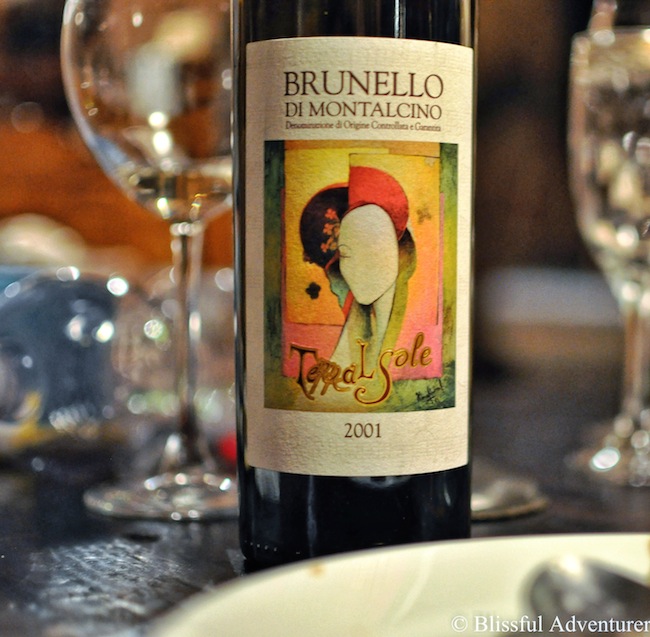by B.J. Stolbov
When I was in the United States, commuting every day by bus to work in the Financial District of San Francisco, I took the #2 Clement Street bus. Since I lived near the beginning of the line, there were always plenty of empty seats to choose from, if I got to the bus stop at 7:38 a.m. If I got there at 7:39, the bus was gone, and I would be late for work. If I got there at 7:38:01, the bus would be pulling out, its engine revving, exhaust fumes spewing, as I ran as fast as I could, and shouted as loudly as I could, and pounded as hard as I could on the side of the bus. Sometimes, the bus would stop; most of time, it wouldn’t.
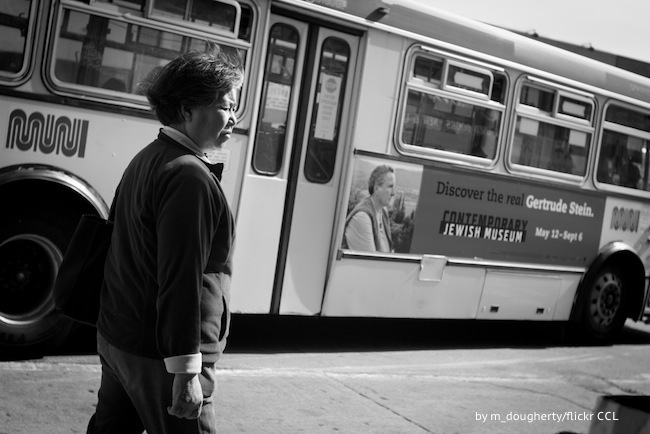
When I first got on a bus, actually a small van, in my province in the Philippines, I was on time; in fact, I was early. I had the whole van to myself and I had my choice of seats. I was so excited! This was great! And then, we waited and waited. We did not go anywhere, as passengers, one by one, or two or three, climbed into the van, and we waited until the 12 seats were filled, and, if the driver wanted, we waited until 13 or 14 passengers were crammed into the van, and, maybe one or two old people sat on the front seat beside the driver, and perhaps one or two young men climbed up onto the roof, and we waited, maybe 45 minutes to an hour, until the driver decided that the van was full.
